16 juni 2025, mandag 00:03:49
|
Getaway Magazine Tree trail Competition http://www.getawaytoafrica.com Forfatter: Alan Fogarty 10 feb 2001. http:/www.alantours.co.za Overnight at Moho Lele classic camp early AM wake up tea / coffee rusks collect the backpacks and depart. Head south along the riverbank for some two or three minutes and cross the east branch of the Mogalakwena river on to 'Ana Island' where we have our first stop under the spreading crowns of a stand of huge Ana trees.
The largest Acacia of Southern Africa has now found itself in a separate genus, being referred to as Faidherbia albida. [Nat. no.159] These huge spreading giants are one of our noblest trees. Growing to a height of 30m with a trunk circumference of some 4.6 metres. Leaves are lost during the summer months and reappear during our winter, in contrast to all the other trees of the bushveld. This maintains a lush, green appearance of our riverbeds throughout the year.
Ana is derived from the Nama people, while the Zulu call the tree umHlalankwazi. The tree where the Fish Eagle sits a reference to its size and the fact that it reaches high above the other riverine trees. The Ana is protected in South Africa. Moving south along the island we again cross the branch of the Mogalakwena and for awhile follow the east bank of the river before we head away and into the open raisin bush scrubland to a series of low granite Koppies. Crossing an interesting dry riverbed, we climb the koppie where we find a lovely example of a Jacketed plum Pappea capensis. [Nat. no. 433].
A male wild plum is reputed to be Lobengula’s tree in the grounds of government house in Bulawayo Zimbabwe (Lobengula Kumalo, 1833-1894 andre ogs siste konge til matabelene, gren av zuluene som skilte seg fra Shaka ca. 1820, hva den mannen vet: red. anm.) From the vantage point of the koppie we lookout to find ourselves surrounded by different bush willows and acacias. We see the Redbush willow [Nat no.532 + 532.1], the Knob thorn Acacia nigrescens [Nat. no. 178, the Black thorn Acacia mellifera [Nat. no. 176 + 176.1] and the Blue thorn Acacia erubescens [Nat no. 164] to mention a few. Moving on we head west to the higher ground were we encounter good Red bushwillow Combretum apiculatum [Nat no.532 + 532.1] country on the higher, well drained soils. Their close cousins the Leadwood trees Combretum imberbe [Nat. no. 539], more closely associated with the dry drainage lines join these highly valuable browse trees. Here we encounter some really spectacular Shepherds trees Boscia albitrunca [Nat. no. 122]. Ghostly white trunks, from which the botanical name is derived, twisted and contorted by weather and time.
Humans make use of the roasted roots as a coffee substitute. While the same roots, boiled make a good syrup, while when dried and beaten these roots provide a nourishing porridge eaten by all of the indigenous people of the north. The pickled buds make an excellent substitute for European capers and the Bushmen locate and use the hollow trees as water reservoirs. Little wonder the tree gets the name Shepherds tree. We now move in a northerly direction keeping to the high ground and passing numbers of skeletal like dead trees, mostly Knob thorns, Acacia nigrescens [Nat. no. 178] which all appear to have died at approximately the same time, some 10 years ago during the devastating drought of 1991. The hard inner wood withstanding the attacks from the insects and termites, while the outer bark and wood provide a source of food and shelter for many more of natures creepy crawlees from snakes to spiders and scorpions. Passing through the high ground we descend again closer to the river with the accompanying alluvial soils inhabited by different species of acacias. Some Marula’s Sclerocarya birrea [Nat.no. 360] and Zebrawoods Dalbergia melanoxylon [Nat. no.232] occur while the dominant species of acacia is the Umbrella thorn Acacia tortillis [Nat. no. 188] and a species closely related to the acacias, the Sickle bush Dichrostachys cinerea [Nat. no. 190 + 190.1] Both species can become dangerous invaders of disturbed areas. The river can be defined now from the lush green and size of the trees even in the driest months of winter. The round crown of a Weeping schotia Schotia brachypetala [Nat. no. 202] dominates the riverine trees and shrubs with the exception of the Ana tree but even so there neat rounded appearance stands out. A large tree that reaches 16-m. in height is found associated with termite mounds. Bright new foliage of a variety of colours and the blooming of the deep red spring flowers are sight to be seen. Getting the name from a spittle bug which suck the sap from the tree and ejects this in a froth which the falls below like rain drops, from when it gets it’s name the weeping boerboon or schotia. The sweat nectar from the flowers is highly prized by children, baboons, monkeys and a host of bees and other insects. The outer wood has a beautiful pink tinge. The wood when treated can be used for the construction of furniture and implements and is hard, durable and termite resistant. A decoction from the bark is taken for heartburn and as a cure for a hangover. The water from soaking the roots and bark are used as a medicine to strengthen the body and to purify the blood. This tree shades a favourite fishing spot and affords a sheltered spot from which to watch game and the riverine birdlife. Moving sharply away from the river we move through a number of habitats until we reach the series of low Koppies leading up to the granite hills.
It is here that we come across the first of the mature monarchs, the Baobab tree Adansonia digitata [Nat. no. 467] Each tree a character in it’s own right standing alone they play host to any number of creature’s great and small. Honey bees use crevices in the soft bark to make their nests and the honey so valued by the indigenous people of Africa, hollow trees act as huge tanks for water storage when the tops have been knocked off by lightening. The Baobab described by some as grotesque, by others as a vegetable elephant. The bushmen describe it as the plant that angered God at the creation of the world, he tossed it over his shoulder in disgust, landing on it’s head the tree grew with it’s roots in the air and it’s branches under ground. Not remarkable for it’s great height, from between 14 + 23 m but for it’s huge girth, up to 30m in circumference.
Leaving our monarch we reach the first of the Koppies at the base of the hills themselves and it is here that we come into contact with the White seringa Kirkia accuminata [Nat. no. 267]. This is one of the most attractive trees of country. The tree has a graceful, classical shape, a straight trunk with a round leafy crown up to 18 m in height with a diameter of 0.8 m. A deciduous tree, loosing it’s leaves early and growing them again late in the spring. Beautiful and unusual furniture is constructed from the whitish to coppery brown wood. Kitchen utensils and furniture as well as parquet flooring are also made. The white seringa is blessed with an uncommon and life-giving use. The swollen roots store liquid and in times of scarcity are used to quench the thirst. As we move further up the rocky slope and silhouetted against the skyline we find one of the charismatic trees of the northern bushveld’s hill country the Paperbark Commiphora [Nat.no. 278]. Its distinctive yellow green truck made more conspicuous by the large paper like flakes of stiff yellow bark peeling off, flapping, noisily in the breeze. Said to give the tree it’s onomatopoeic name of Mpapapa. Paper like.
We pass the shallow valleys with their mixture of trees and shrubs taking in such oddities as the Star chestnut Sterculia rogersii [Nat.no. 477] it’s bulbous trunk welded to the rock slope. The Common false thorn Albizia harveyi [Nat no. 155] well browsed by the Kudu and Giraffe as evidenced by their typical browse lines. We pass the ancient stone walls erected by the Khamie some 600 years ago as protection against the enemy or as rainmaking sites for an even more relentless foe, the drought. Evidence of their occupation can be found in the pieces of pottery and other debris found lying around which brings us to the end of the hike. The welcome comfort of the 4 wheel drive vehicle in the shade of a tree to take us back to the Classic camp and cool refreshments in the Pythons rest lounge.
Takk til Alan for dette ! |
||||||||||||||||||||
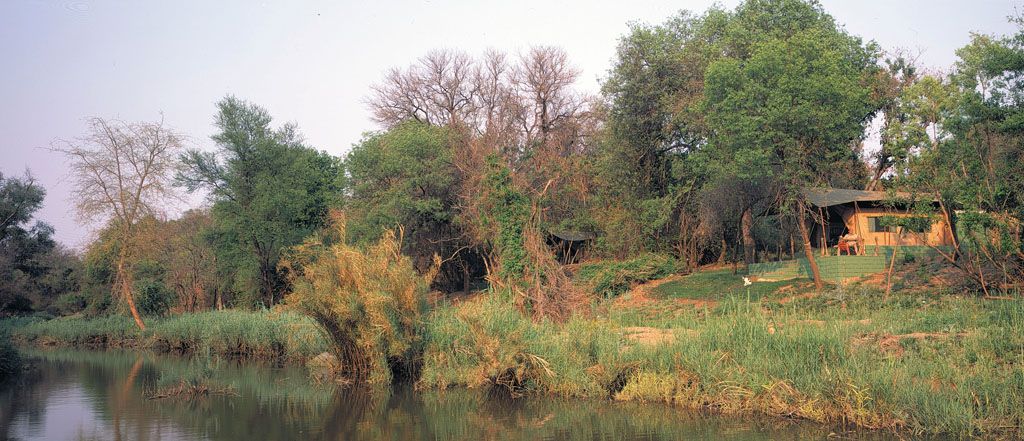
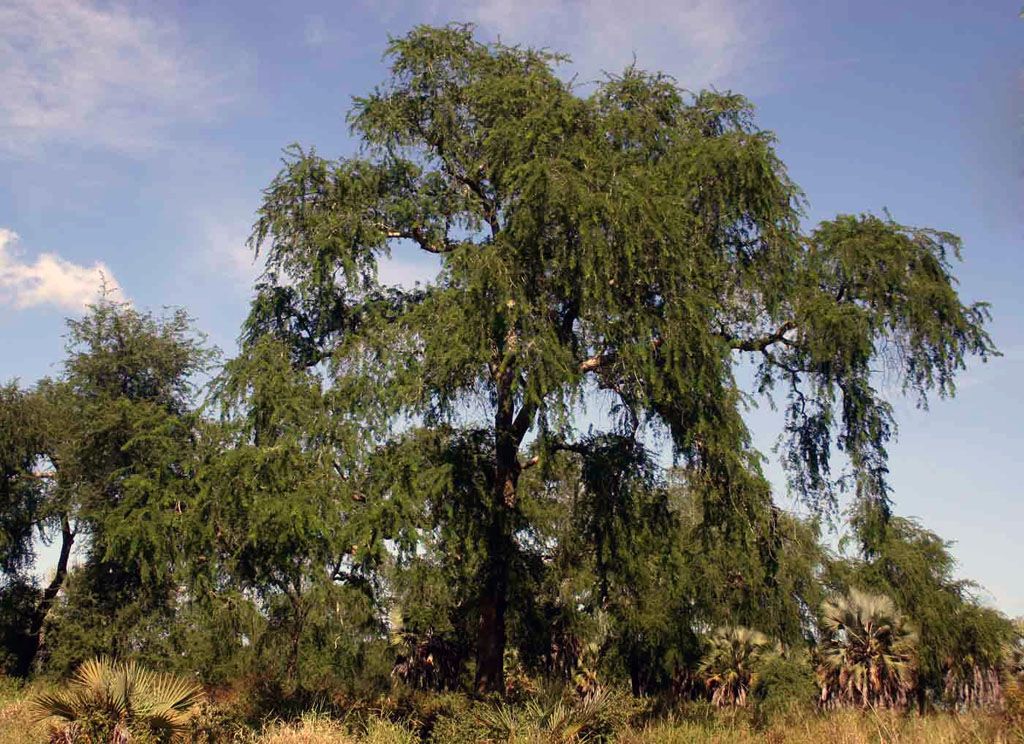
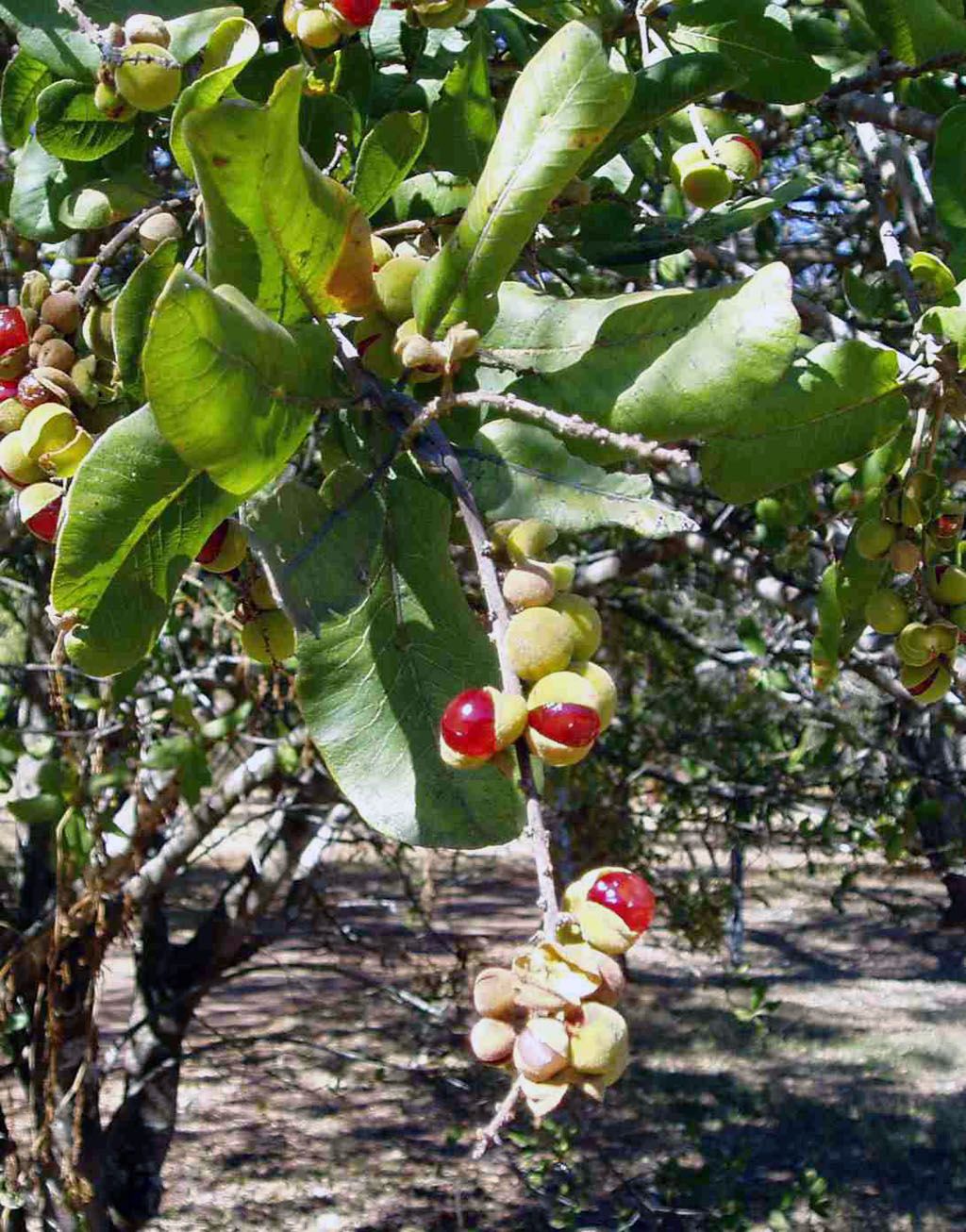
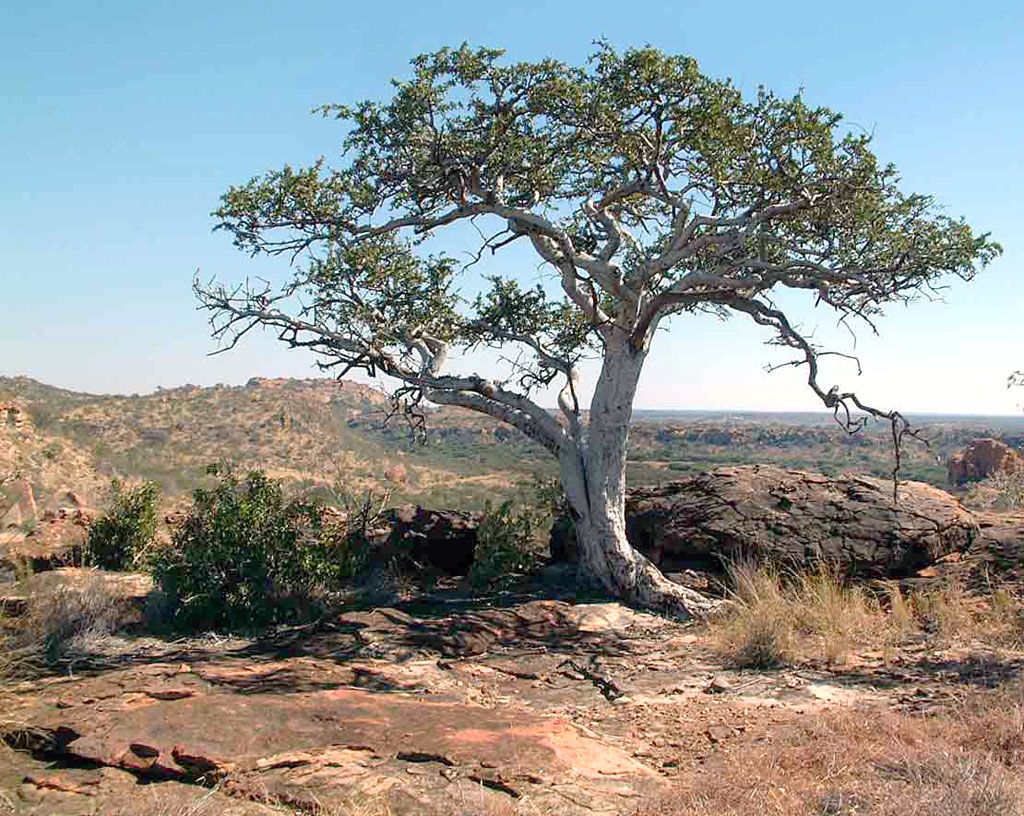
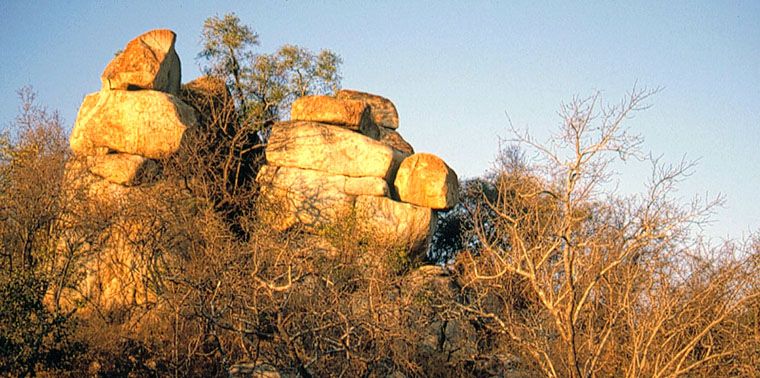


-Edit.jpg)